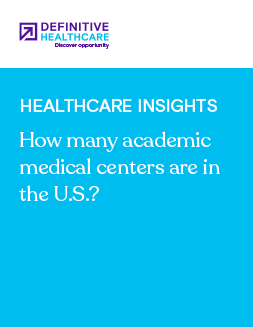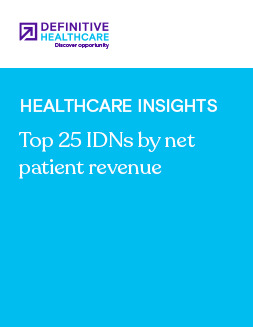Healthcare Insights
Top 15 gastroenterology prescriptions of 2022
Gastroenterology is the study of the human gastrointestinal (GI) tract and the conditions that affect its routine function.
The most prevalent GI issues—constipation, acute acid reflux or hemorrhoids, for example—can usually be addressed with over-the-counter medications or at-home remedies. But for recurring issues or more complex concerns, a patient may require a stronger medication only available via prescription.
We’ve compiled a list of the 15 most commonly prescribed gastroenterology drugs below. Keep reading to learn more.
| Rank | Drug name | % of prescriptions | # of prescriptions | Average days of supply | Explore dataset |
|---|---|---|---|---|---|
| 1 | Omeprazole | 17.60% | 1,837,772 | 60 | Explore |
| 2 | Pantoprazole sodium | 17.30% | 1,808,456 | 60 | Explore |
| 3 | Famotidine | 5.80% | 606,704 | 57 | Explore |
| 4 | Suprep | 5.60% | 587,411 | 2 | Explore |
| 5 | Dicyclomine HCl | 3.80% | 395,138 | 37 | Explore |
| 6 | Linzess | 3.10% | 322,576 | 43 | Explore |
| 7 | Sucralfate | 2.70% | 279,725 | 41 | Explore |
| 8 | Dexilant | 2.10% | 221,065 | 47 | Explore |
| 9 | Esomeprazole magnesium | 2.00% | 213,059 | 57 | Explore |
| 10 | Mesalamine | 1.80% | 191,245 | 49 | Explore |
| 11 | Gavilyte-G | 1.80% | 186,846 | 2 | Explore |
| 12 | PEG 3350 - Electrolyte | 1.70% | 181,908 | 2 | Explore |
| 13 | Budesonide | 1.20% | 127,446 | 40 | Explore |
| 14 | Ursodiol | 1.20% | 126,297 | 52 | Explore |
| 15 | Metoclopramide HCl | 1.00% | 106,221 | 31 | Explore |
Fig 1. Data is from the Definitive Healthcare Atlas Prescription Claims product. Data is accurate as of May 2023.
Which GI medications are prescribed most often?
Omeprazole was the most prescribed GI medication in 2022, representing 17.6% of all gastroenterology drugs prescribed that year.
Classified as a proton-pump inhibitor, omeprazole (also sold as Prilosec) is used to treat heartburn, esophageal damage, stomach ulcers and gastroesophageal reflux disease (GERD). In 2022, GERD was the number-two GI diagnosis.
The second-most prescribed gastroenterology drug in 2022 was pantoprazole sodium (also sold as Protonix), another proton-pump inhibitor used to treat GERD and other gastroesophageal issues. With 17.3% of total GI prescriptions, pantoprazole was prescribed nearly as frequently as omeprazole in 2022.
Studies comparing omeprazole and pantoprazole sodium have found both drugs to be equally effective in treating GERD. However, one study suggests that pantoprazole may be more effective for treating gastric ulcers.
Famotidine was the third-most prescribed GI medication in 2022, with 5.8% of all GI prescriptions. Also sold as Pepcid, this H2 antagonist is also used to treat GERD, heartburn, and ulcers.
How do proton-pump inhibitors work?
Proton-pump inhibitors help to treat and prevent GI issues such as GERD, esophageal damage caused by acid reflux, and stomach ulcers by considerably reducing the amount of acid produced in the stomach. To achieve this, they irreversibly block the gastric proton pump—known also as the hydrogen/potassium adenosine triphosphatase enzyme system—within the cells that produce stomach acid.
GI medications like omeprazole and pantoprazole sodium can reduce stomach acid production by up to 99%, enabling the healing of ulcers and inflammation throughout the GI tract. However, having too little stomach acid can prevent the absorption of certain proteins, vitamins and other nutrients. This can usually be corrected by reducing or eliminating proton-pump inhibitor use.
Learn more
Healthcare Insights are developed with healthcare commercial intelligence from the Definitive Healthcare platform. Looking for even deeper insights? Sign up for a free trial and get access to the latest healthcare commercial intelligence on hospitals, physicians, and other healthcare providers today.


